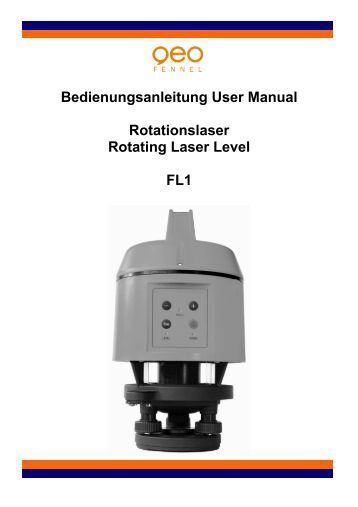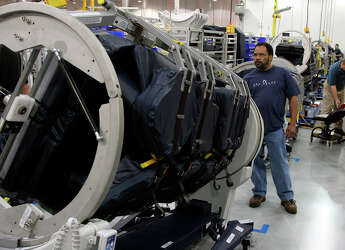- On RotoProne/intubation day 5, substantial deep tissue injury had occurred to the patient's bilateral cheeks, due to pressure exerted by the AnchorFast device contacting the headgear of the RotoProne bed. A subsequent Braden score of 7 was recorded for the patient. The patient remained on the RotoProne bed and intubated for 19 days.
- The right hospital bed and therapy surface is key to delivering effective care. Agiliti has partnered with leading manufacturers to provide care facilities with access to a diverse range of specialty hospital beds – such as low, lift and bariatric beds – and therapeutic mattresses that include low air loss (LAL), lateral rotation and fluid.
Studies have shown that placing patients in the prone position helps:

- Improve oxygenation quickly within the first hour of pronation for over 70% of patients
- Sustain an improvement in oxygenation
- Provide lung-protective ventilation by decreasing inflammation, injury, barotrauma, and ventilator-associated lung injury
- Reduce ventilation time
- Reduce ICU length of stay
- Facilitate drainage of pulmonary secretions4
- Eliminate compression of the lungs by the heart
Simplified Proning The RotoProne® Therapy System automates the proning process:
KCI provided engineering, surveying, and environmental services for the design and construction of a new 105,000-square-foot, 204-unit Bachelor Enlisted Quarters and a 9,000-square-foot Enlisted Dining Facility in Quantico, Virginia. Explore More Projects.
- Automated proning may help address caregiver risk management concerns
- Minimal staff is required to prone patient
- Touch-screen controls automatically control therapy system
- Separate hand control allows caregiver to monitor patient lines and tubes during rotation
- Tube management system helps secure patient lines during rotation
To find out more about the RotoProne Therapy system, click below:
http://www.rotoprone.com/
The RotoProne Therapy is currently available in 51 US cities and the surrounding geographies (approximately 35 miles around the city). Included is an attachment (RotoProne Service Centers) that shows the cities. Arjo is hoping to add more cities this year.
Q. Can families rent the RotoProne bed?
A. The Hospital rents RotoProne. Patients/Families cannot directly rent the product, however, they can ask for the product.
Kci Rotoprone Bed Manual Pdf
ARTICLE #1: Ventilatory Management of Acute Respiratory Distress Syndrome: A Consensus of Two.
Marini JJ, Gattinoni L. Ventilatory management of acute respiratory distress syndrome: a consensus of two. Crit Care Med. 2004;32(1):250-255.
This article provides a practical guideline for ventilator management of ARDS with a special emphasis on preventing ventilator-induced lung injury. On page 253, the authors provide guidance about when to prone patients with ARDS. “We place in the prone position those requiring >10 cm H20 PEEP at FiO2 of ?0.6 to maintain oxygen saturation at ?90%, unless there is a clear contraindication or the patient is rapidly improving.”
ARTICLE #2: Prone Ventilation in Trauma or Surgical Patients with Acute Lung Injury and Adult Respiratory Distress Syndrome: is it Beneficial?
Davis JW, Lemaster DM, Moore EC, et al. Prone ventilation in trauma or surgical patients with acute lung injury and adult respiratory distress syndrome: is it beneficial? J Trauma. 2007;62:1201-1206.

This article compares the effectiveness of supine versus prone kinetic therapy in mechanically ventilated trauma and surgical patients with acute lung injury (ALI) and adult respiratory distress syndrome (ARDS). The conclusions of this article show that patients with ALI/ARDS who received prone kinetic therapy had greater improvement in oxygenation (P/F ratio increase), a reduction in the number of ventilator days, lower mortality, and less pulmonary-related mortality than did supine positioned patients.
Kci Rotoprone Bed Manual Pdf
ARTICLE #3: Prone Positioning Improving Oxygenation in Patients with ARDS.
GREAT ARTICLE FOR PATIENTS AND NURSES
Kennison M, Yost III W. Prone positioning Improving oxygenation in patients with ARDS. Igo8 download full version. Nursing2009CriticalCare. 2009; 4 (3): 42-46.
This article helps the reader to learn about how prone therapy can help turn ARDS outcomes around.

Kci Rotoprone Bed
|

Kci Rotoprone Bed Manual Download
|
| New Search | Submit an Adverse Event Report |
Rotoprone
|